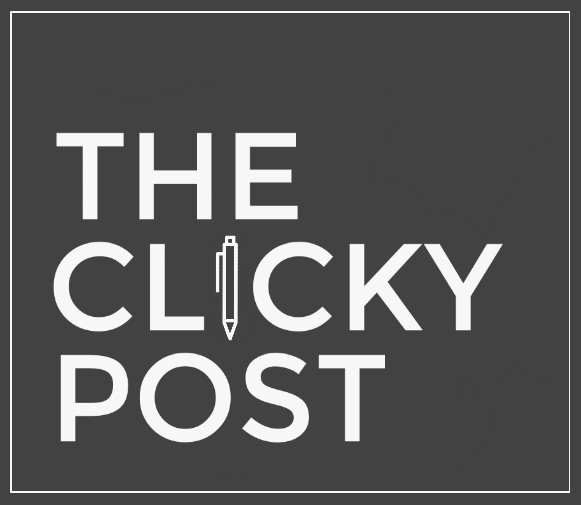If you're new to fountain pens, especially if you've just purchased your first "expensive" fountain pen (a certainly relative term), the idea of sending this perfectly new pen off to someone to "adjust" may seem a bit foreign. Totally understandable and in many ways I'm still right there with you.
The unfortunate fact is that you may purchase a nice pen and ultimately find that it doesn't quite feel perfect. The nib may be slightly scratchy or seem misaligned, or the flow of the ink may be too little. A good way to make a new purchase sour a bit. Ah, the world of fountain pens we've so blindly jumped into...
Sometimes though, it isn't that the pen writes badly but that you want a specific type of grind like a stub, italic, or maybe you want a medium tuned down to more of a fine line. All of these are appropriate times to get your pen "worked on" by someone.
This was the case with my Pilot Vanishing Point medium nib. I love the pen and how it writes, but after seeing a nib grind called the Architect (also known as a Hebrew or Arabic), I knew I needed it in my VP.
Why an architect grind? Well, I write in all caps most of the time in my print and people say I have a very draughtsman (or draftsman) style writing and I knew that this type of grind would enhance it.
If you are familiar with a stub or italic nib, while writing your lines change depending on your stroke. With vertical strokes your lines will be wide while with horizontal strokes your lines will be narrow. With the architect grind it is the opposite which makes for some really interesting character variation.
I sent my Vanishing Point to Dan Smith of The Nibsmith. This type of grind is generally one of the more pricey at $55, but it takes grinding multiple angles into a nib to achieve.
I definitely want to be clear that I don't think every pen that you buy needs to get a specialty grind done on it. The price can add up quickly and is usually always a non-reversible action. My first "real" fountain pen awhile back was the LAMY Vista which comes in at around $35, so seeing a $55 tag on nib work may be a bit of a shock, but a lot of consideration needs to go into getting things done to your pen and whether the value is there overall for you.
Samples written on Clairefontaine Triomphe
Dan did a great job on my architect grind and it is one of my absolute favorite pens to write with now. The nib still has some feedback after the grind, but just enough for what I enjoy in feeling when the nib hits the page. I find that I always have this pen inked.
I did some comparison shots of my architect VP inked with Diamine Oxblood verses my Franklin Christoph Model 02 filled with Edelstein Topaz that has a medium italic stub by Mike Masuyama.
As mentioned, this particular architect started out as a Pilot medium, but still provides ample variation. If you started with a larger nib like a broad, there is a strong chance your variation would be even more pronounced.
Dan has a website at nibsmith.com if you wanted to check out his info.









